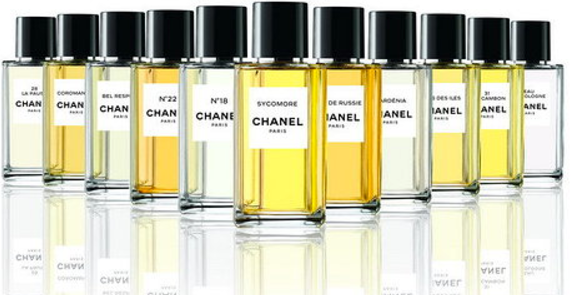About ASSO International Consulting
ASSO regards each project as the best communication bridge between us and our customers. ASSO solemnly promises that ASSO will treat each project as our most important customer project.
The global luxury goods industry, which includes drinks, fashion, cosmetics, fragrances, watches, jewelry, luggage and handbags, has been on an upward climb for many years. Although the technical term 'luxury good' is independent of the goods' quality, they are generally considered to be goods at the highest end of the market in terms of quality and price.
Luxury goods manufacturers meet consumer demand by focusing on brand, aesthetics, quality materials, superior craftsmanship and pricing to transform everyday objects into status symbols. The industry rises and falls with the gross domestic product (GDP), seeing demand climb in times of economic stability and plummeting in unfavorable economic climates. The United States has long been the largest regional market for luxury goods and is estimated to continue to be the leading personal luxury goods market in 2017, with a value of 74 billion euros.
Louis Vuitton was the most valuable luxury brand in the world, with a brand value of about 41 billion U.S. dollars in 2018. The LVMH Group's total revenue for the 2017 fiscal year was about 42.6 billion euros. New markets and segments are giving the industry growth points. One challenge for luxury companies is to maintain brand equity and cultivate their customer relationships. As luxury expands into more industries, expect a more mature segmented market. As a result, consumers should also become more rational.


The global luxury goods industry, which includes drinks, fashion, cosmetics, fragrances, watches, jewelry, luggage and handbags, has been on an upward climb for many years. Although the technical term 'luxury good' is independent of the goods' quality, they are generally considered to be goods at the highest end of the market in terms of quality and price. Luxury goods manufacturers meet consumer demand by focusing on brand, aesthetics, quality materials, superior craftsmanship and pricing to transform everyday objects into status symbols. The industry rises and falls with the gross domestic product (GDP), seeing demand climb in times of economic stability and plummeting in unfavorable economic climates. The United States has long been the largest regional market for luxury goods and is estimated to continue to be the leading personal luxury goods market in 2018.
Over the past decade, China and in particular the Chinese consumers have taken the lead in luxury shopping. Despite China’s slowdown in economic growth, the crackdown on gifting and weaker currency, the luxury goods market remained stable. Store–based retail dominated the luxury goods market in China. The world’s top ten most valuable luxury brands all have their own stores in China, distributing mostly in economically developed regions.
Chinese consumers, who represent the fastest growing nationality for luxury, are spending more than three times abroad what they spend at home, and thus form an excellent example of this conclusion. The Japanese on the other hand, buy most of their luxury purchase at home, a result of the Yen devaluating by nearly 30% since 2012. For Europe and the US, tourist spending is increasingly relevant, with the highest percentage of luxury goods purchased by tourists in Europe. It is striking that while tourist spending is more and more important in the US and Europe, the ‘favour’ is not returned as the biggest percentage of luxury goods bought by Americans and Europeans are still bought locally.
Order the report and sample
sales@assointernationalconsulting.com
contact@assointernationalconsulting.com
ASSO regards each project as the best communication bridge between us and our customers. ASSO solemnly promises that ASSO will treat each project as our most important customer project. We will go all out and never give up. ASSO regards each other's excellence as the purpose of our service. ASSO's services involve regional analysis, market data, player share, market decision-making, marketing and product positioning
– Allen King
Leave a comment
All fields marked with an asterisk (*) are required